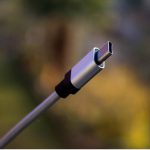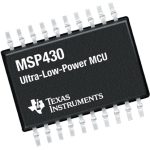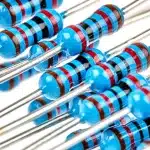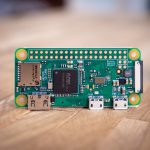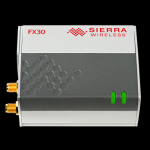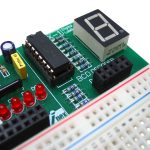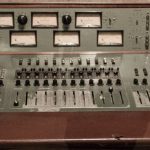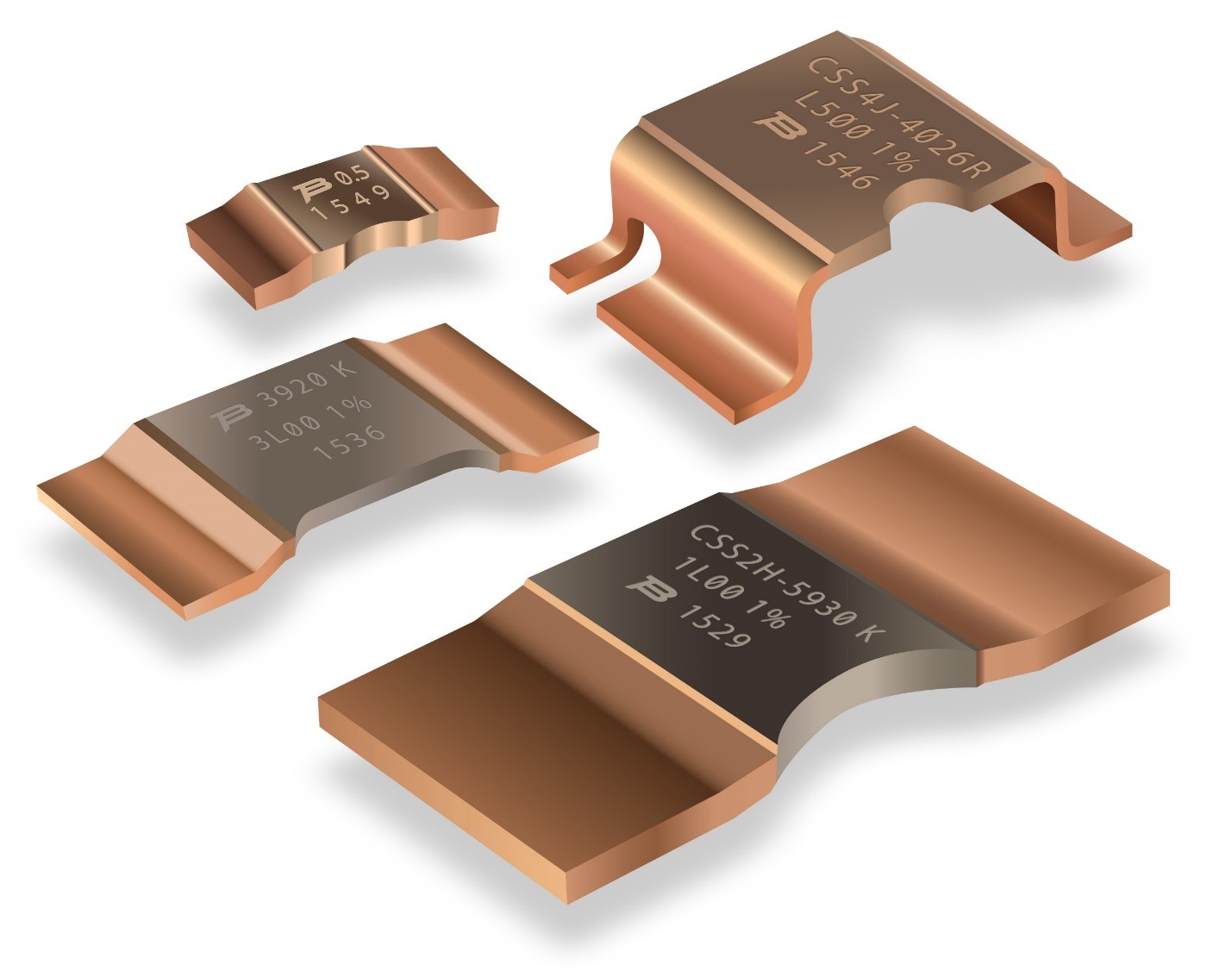
Accurate current sensing for better power efficiency
There is a global push to ensure electronic circuits to become more efficient so as to cumulatively reduce carbon emissions. Circuit designers and system operators need to understand the level of current through the circuit and that being delivered to the attached loads so as to maximize the efficiency of the power source and attached loads. To achieve Low TCR, current sensing resistors are used. They are not only cost-effective but also possess high measurement accuracy. Current sensing resistors can be used in applications in all market segments, for instance, the automotive, computer technologies and industrial segments.
How current sense resistors work
Current sense resistors detect current by converting current to voltage. Since the resistance of the resistor (R) is known, the voltage (V) across the resistor can be measured and the current flow determined using Ohm’s law.
V = IR
It sounds simple, right? Well, it is only simple in principle. There are numerous subtleties that have to be taken into consideration. They include
The resistor value
A large value increases the voltage drop making the reading scale larger hence improved the signal to noise ratio and resolution precision. However, a large resistance value leads to a larger power waste which could affect the loop’s stability by placing a lot of idle resistance between the source and load. A large resistance value could also result in self-heating.
Self-heating
Irrespective of the resistor value, self-heating is a huge problem. Self-heating degrades the resistor reliability and shifts the nominal value of the current sense resistor thus corrupting the perceived current-value reading.
Temperature Coefficient Resistance (TRC)
A resistor’s TRC depicts how its resistance varies with the change in temperature. TRC is expressed in parts per million per degree centigrade (ppm/°C) units. This sounds like a small value but it certainly cannot be ignored. TRC values are influenced by the material used to manufacture the resistor, the power rating and the size of the resistor. Low TCR means a low change in the resistance with an increase in temperature hence more accuracy. High TCR, on the other hand, means a significant change in resistance with an increase in temperature hence lower accuracy. It is for this reason that current sense capacitors ought to possess low TCR. There are numerous off the shelf resistors with low TCR making them very ideal for current sensing. They include;
Thick film current sensing resistors
Thick film current sense resistors are among the industry’s smallest current sense resistors. They are low cost and are available in various sizes. They are capable of handling more than 3 watts and have resistance values of up to 3 million ohms. Their TCR varies with the manufacturer. For instance, Yageo’s thick film provides a low TCR of 75ppm/°C, the resistance value of 50mΩ with 2 watts of power dissipation.
Metal foil current sensing chip resistors
Metal foil based resistors have better TCR and can handle surges better. They are made of Mn-Cu alloy. It has a good thermal dissipation and offers a wide range of resistance of between 300mΩ up to 100mΩ.TCR varies from manufacturer to manufacturer, for instance, Yageo’s metal foil current-sensing resistors have a TCR ranging from 50 to 100 ppm/ºC.
Metal plate current sensing chip resistors
They exhibit a very simple construction that has very high-frequency performance and low resistance of up to 1mΩ. It offers low TRC of 100ppm/°C. Like all the other resistor chips, the value varies from manufacturer to manufacturer.
When choosing the current sense resistor for your circuit, it is advisable that you go through the manufacturer’s data sheet to ensure that just like all parameters, the TCR value also meets your design needs.








